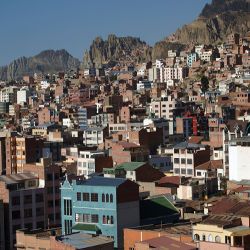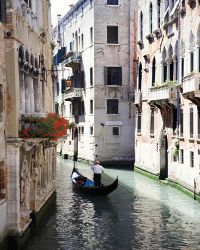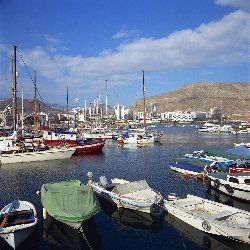Like the previous two South American countries, this mountainous, landlocked country located in the heart of the continent has a climate that varies with its elevation. With nearly 21, 300 feet (6,500 meters) separating its highest and lowest points, that's a lot of variation [source: CIA World Factbook].
Most of Bolivia's residents live in the capital city of La Paz, next to Lake Titicaca — the world's highest capital and the world's highest lake, respectively. At 11,800 feet (3,600 meters), La Paz would be inhospitable without the tempering effect of the warm air coming off the lake [source: National Geographic]. Nestled among the snowy peaks of the Andes, La Paz is ideal for those seeking their weather on the cold and dry side.
To find warmer weather, you need only travel northeast to the Amazon basin. Here, the weather is humid and hot, and snow is unheard of. A wide range of unique species occupies the rainforests in this region, including numerous species of monkeys, jaguars and macaws.
Argentina also hosts an astounding diversity of ecosystems, from moist evergreen forests and tropical jungles to dry Andean valleys and savannas. Within the country's approximately 4.7-million-acre Madidi National Park alone you will find everything from glacial peaks to Amazonian rainforest. According to Parks Watch, a conservation group run by Duke University, Madidi is one of the most biologically diverse places on the planet [source: Parks Watch].
If you think Bolivia's altitude variation is impressive, prepare to be amazed. For our next stop, we're heading to the country with the most altitude variation on Earth.







